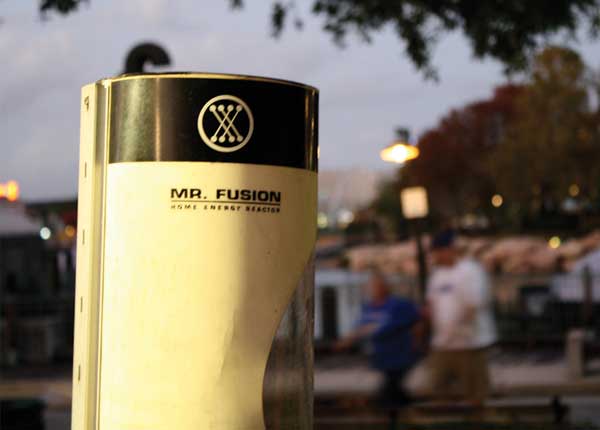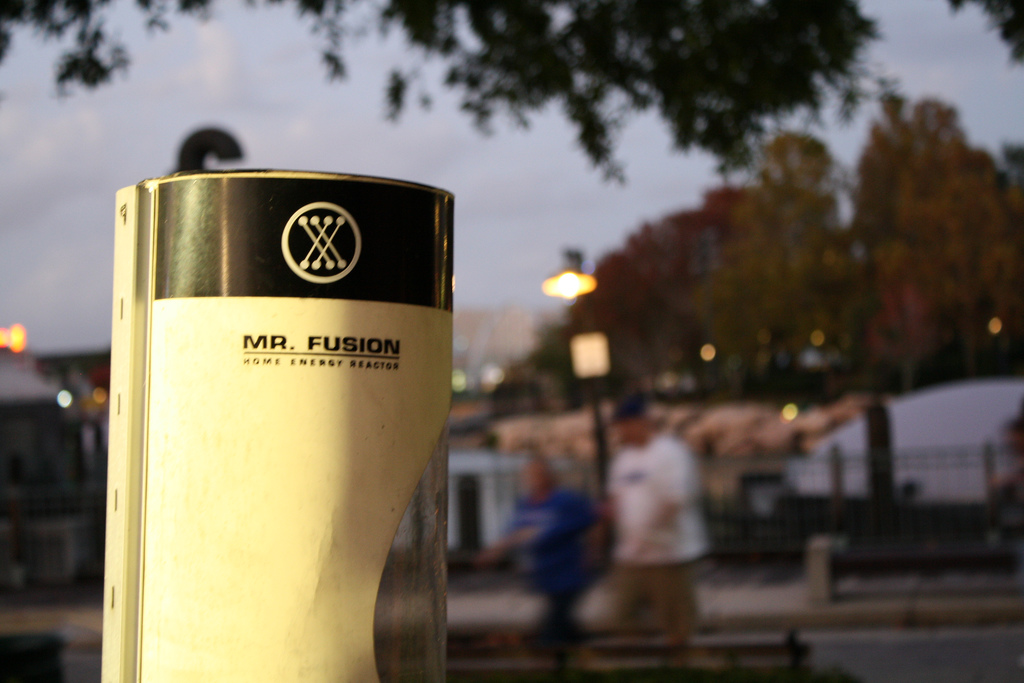

The year 2015 might have been an unrealistic deadline for commercial release of hover boards and flying cars, but the City of Sydney has taken inspiration from the popular 1989 science fiction hit Back to the Future Part II as it tries to light up a new clean energy scheme extracted from rubbish.
The City is actively exploring the use of new advanced waste treatment systems that, potentially, could divert more than 95 per cent of Sydney’s household waste from expensive landfill and convert non-recyclable waste into a renewable gas to power city buildings and provide heating and cooling.
The ambitious proposal is a big extension of Lord Mayor Clover Moore’s wider plan to make the City more sustainable in order to accommodate Sydney’s rapidly growing population, which the council fears will lead to its landfill sites filling to capacity by 2021.
As the City’s nearest facility is 250 kilometres away, with around 400,000 annual truck movements required to dispose of Sydney’s waste, the City is in urgent need of a new alternative that significantly reduces those unsustainable requirements that are set to put a big strain on the City’s resources.
As a result, the City has come up with a scheme dubbed as the ‘draft advanced waste treatment master plan’, which aims to deliver an ‘energy from waste’ solution for Sydney by extracting refuse that can be potentially used to fuel power into Sydney’s homes and offices.
The solution includes recovering material and energy resources from non-recyclable waste so almost no waste goes to landfill; converting non-recyclable waste to renewable and non-fossil fuel gases; and converting these gases into substitute natural gases to inject into the gas grid to deliver low-carbon energy.
It works by sending the refuse to advanced waste treatment plants that use a chemical process with minimal emissions, which results in the delivery of renewable gas straight to the grid, which can be used for electricity generation, heating, cooking and air-conditioning.
The proposed scheme is future-proofed as any future plant would be designed to meet the NSW Waste-to-Energy policy emissions limits and is also designed to be able to fully integrate with future trigeneration plants to produce clean, local electricity, heating and cooling.
Ms Moore said landfill sites produce huge amounts of methane, a greenhouse gas with 25 times the global warming potential of carbon dioxide.
“It’s estimated this new technology could prevent around 196,000 tonnes of greenhouse gas emissions a year – equivalent to taking 43,556 cars off the road. The technology will also save ratepayers about $3.9 million a year by avoiding the waste levy costs of landfill. Every tonne of waste to landfill incurs a NSW waste levy of over $100,” Ms Moore said.
She said household waste is predicted to grow to 80,000 tonnes by 2030 if it isn’t reduced.
“This means after recycling and treatment, 27,000 tonnes of non-recyclable household waste would end up in landfill – equivalent to the weight of a cruise ship,” she said.
According to Ms Moore, Sydney isn’t the first jurisdiction that has used advanced waste treatment. Countries across Europe, Asia and North America have implemented the solution, which has played a “vital role in international waste management”.
Comment below to have your say on this story.
If you have a news story or tip-off, get in touch at editorial@governmentnews.com.au.
Sign up to the Government News newsletter
